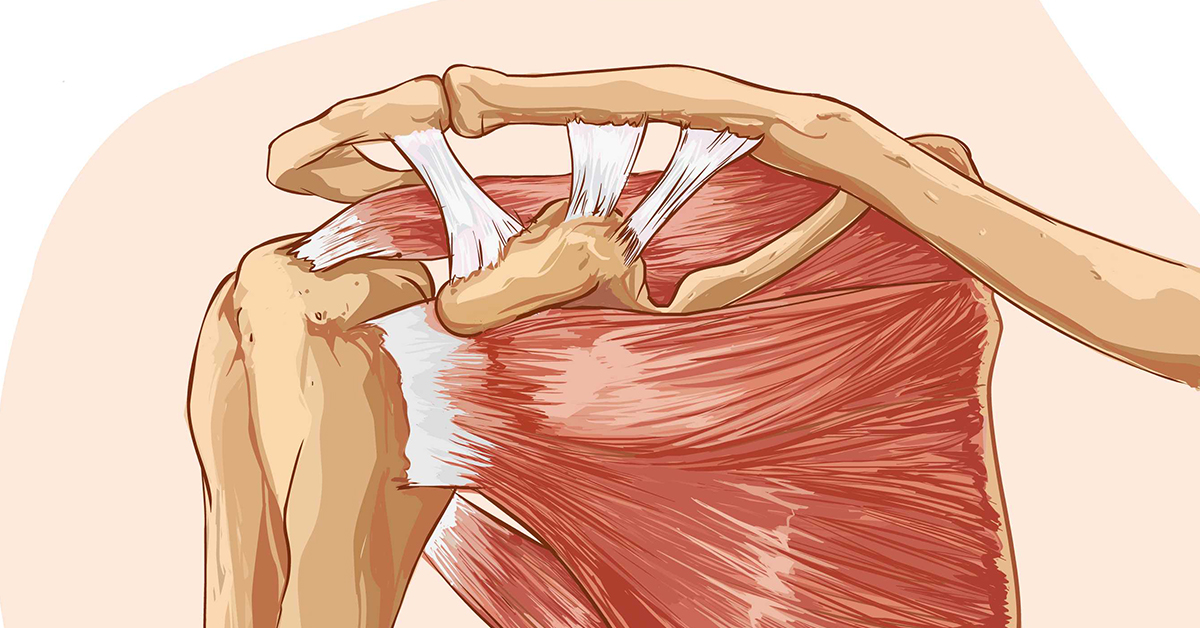
What is a Fracture of the Greater Tuberosity?
The greater tuberosity is a part of the upper end of the humerus bone that forms a site for attachment of muscles that form the rotator cuff (supraspinatus, infraspinatus and teres minor).
Fracture of the greater tuberosity occurs following a fall onto the shoulder or following a dislocation. Non-surgical treatments are effective and rehabilitation programs are usually effective in helping restore full range of motion and function.
What causes Fracture of the Greater Tuberosity?
The most common cause for fracture of the greater tuberosity is fall onto the shoulder. This can result in a comminuted fracture which involves the bone being shattered into a number of small pieces. Another cause for fracture is anterior dislocation of the shoulder. The force of dislocation can tear away the tendons taking the greater tuberosity with it.
Symptoms and Diagnosis
The patient usually complains of pain at the site of fracture. Patients have difficulty performing regular tasks and experience pain when lifting up their arm or moving the shoulder, thus limiting their range of motion. There may be swelling around the site of fracture, and the joint is tender to the touch.
The fracture site is close to the axillary nerve and suprascapular nerves, which are nerves that supply the muscles of the arm and the back. Patients may experience pain along these nerves and even muscle weakness.
X-ray of the shoulder can help make a diagnosis, but most cases are missed on x-ray. In such cases, a CT scan may be performed that will provide a clearer picture of the shoulder joint and the state of the muscles around them. MRI scans are also a useful test and may be performed if further information is needed.
How is Fracture of the Greater Tuberosity treated?
Treatments can be non-surgical or surgical in nature. Non-surgical treatment involves placing the arm in a sling for up to 3 weeks to allow the shoulder to heal, followed by a rehabilitation program. The rehabilitation program primarily consists of exercises that will help strengthen the muscles around the joint and will advise the patient how to avoid movements that will prevent re-injury. Most cases recover well with non-surgical treatment, especially if the fractured fragment is displaced less than 5 mm from its original position.
Surgical treatment may be offered in patients who do not recover with non-surgical methods. These may be offered as open surgery or through arthroscopic treatments. Surgical approaches depend on the degree of injury to the tendon and the type of fracture of the bone. Following surgical treatments, rehabilitation will be required to help restore full range of movement.
From the available evidence, non-surgical treatments have better outcomes when compared to surgical treatments.
